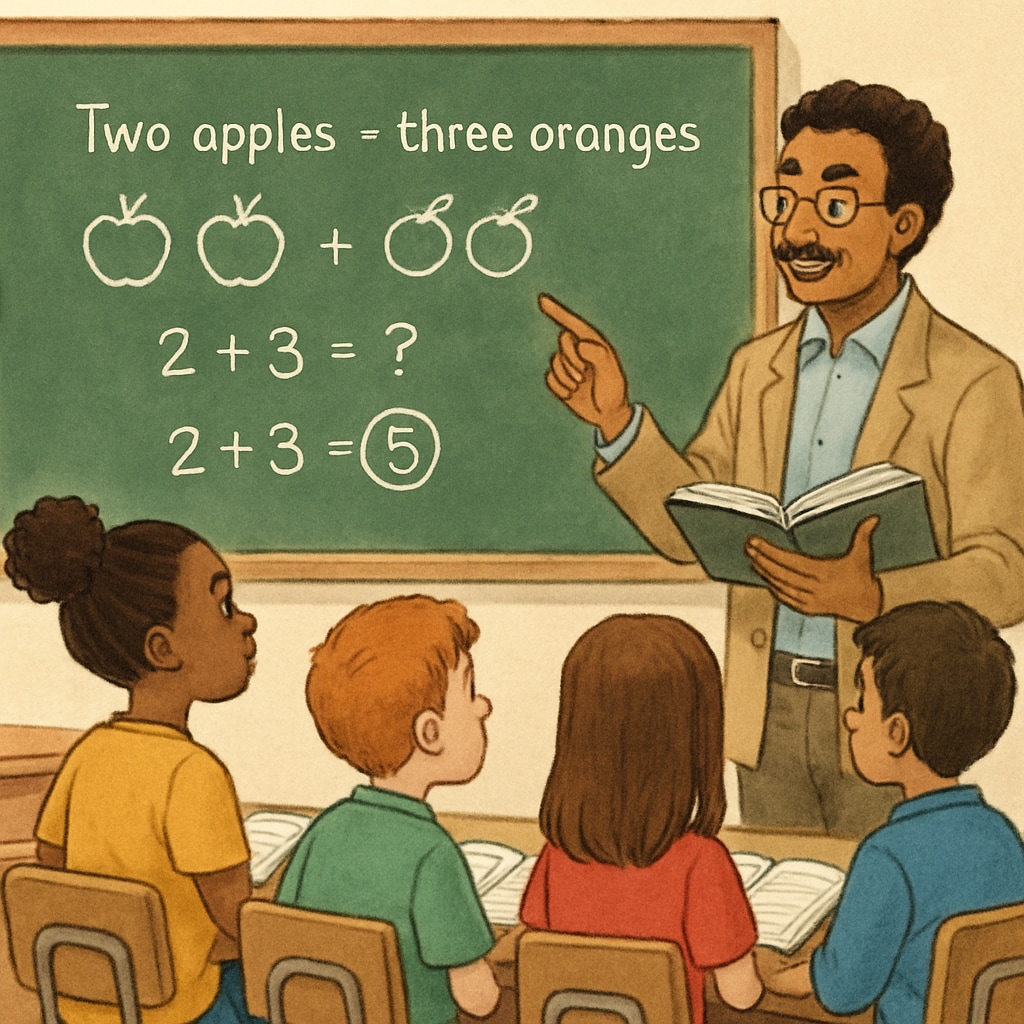When children question the value of math education, learning motivation, and educational communication, a simple “You’ll need it later” often fails to convince them. Many kids struggle to connect abstract concepts to their daily lives, leaving them frustrated and disengaged. Addressing these doubts requires thoughtful communication that bridges the gap between math and reality while sparking curiosity and encouraging critical thinking. In this article, we outline practical strategies to tackle the “math question” effectively and inspire a positive learning experience.
Why Dismissive Answers Don’t Work
For many parents and educators, the instinctive response to “Why do I need to learn math?” is “You’ll use it someday.” While this answer may be accurate, it lacks the immediate relevance kids are looking for. Without a tangible connection to their world, they may see math as a chore rather than a tool for growth. Furthermore, dismissive answers risk alienating children, making them feel their concerns are not valid.
Instead of shutting down the conversation, consider this an opportunity to engage with their curiosity. By explaining how math directly impacts their lives—both now and in the future—you can help them develop a deeper appreciation for its value.

Connecting Math to Everyday Life
One of the most effective ways to spark interest in math is by showing its real-world applications. Children often respond well when they can see how math solves problems they encounter daily. For example:
- Money and budgeting: Teach kids how math helps them manage allowance, save for toys, or calculate discounts while shopping.
- Cooking and measurements: Show them how fractions and ratios are used in recipes to adjust servings or mix ingredients.
- Games and sports: Discuss how math is involved in scoring, probabilities, and strategy in board games or sports.
By providing concrete examples, children can begin to see math as a useful tool rather than an abstract concept. For more on the practical applications of math, visit Mathematics in Everyday Life on Wikipedia.
Fostering Critical Thinking Through Math
Beyond practical applications, math plays a key role in developing critical thinking and problem-solving skills. When children learn to approach problems logically, break them into smaller steps, and evaluate solutions, they build mental frameworks that serve them in all areas of life. Engage children by asking them open-ended questions like:
- “How would you solve this puzzle?”
- “What patterns or trends do you notice?”
- “Why do you think this solution works?”
Encouraging kids to think critically can ignite their curiosity and help them see math as a mental exercise rather than a tedious task. For more insights into the importance of critical thinking, explore the Critical Thinking topic on Britannica.

Igniting Intrinsic Interest in Math
Motivation is often the missing piece when kids resist learning math. While external rewards like grades or praise can temporarily push them forward, intrinsic motivation—a deep, personal interest in the subject—is far more powerful. To build this, try:
- Gamification: Introduce math-based games that make learning fun and interactive.
- Creative projects: Encourage them to design something (like a model or artwork) that incorporates math concepts.
- Exploration: Share fascinating math-related topics, such as the Golden Ratio or Fibonacci sequence, to spark curiosity.
When children see math as a source of creativity and discovery, they’re more likely to engage with it enthusiastically. These strategies not only address immediate concerns but also lay the foundation for lifelong learning. As a result, children develop both appreciation and respect for the subject.
By applying these strategies, parents and educators can turn the “math question” into a meaningful dialogue. Instead of dismissing doubts, embrace them as opportunities to connect, inspire, and guide children toward a positive relationship with math.


